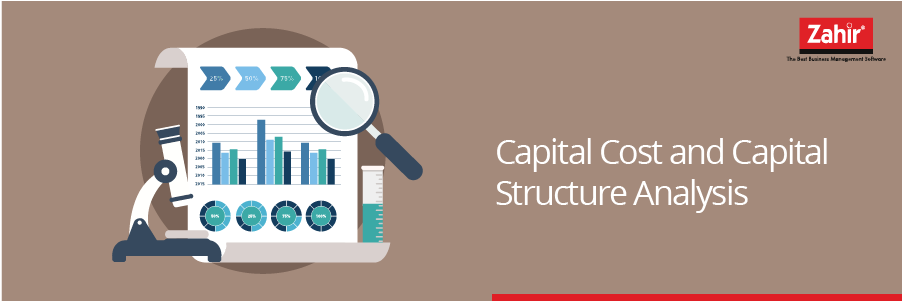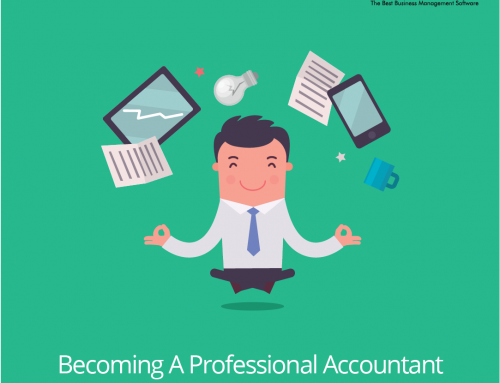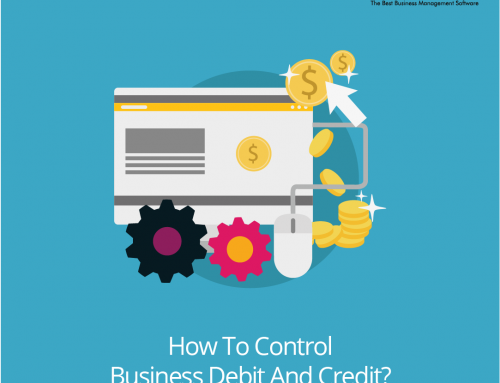In the early stages of the business establishment, it requires capital to determine its capital structure. While at during the business expansion, it is possible to change the capital structure due to capital changes or capital increase. There are two things should be taken by the company, they are determining the amount of quantitative capital needs (Capitalization) and the source of qualitative capital (Capital Structure).
There are at least 10 variables that influence the capital structure, namely:
- Interest rate
- Sales stability
- Sales growth rate
- Assets arrangement
- Assets risk
- Capital needs
- Regular structure
- Capital market
- Management’s attitude
- Creditor’s attitude
The best capital structure for a business is a known as the Optimum Capital structure. Where according to the conservative approach, it is a capital structure that uses 50% of loan capital. Meanwhile, according to the capital cost approach, the optimum capital structure is the capital structure that can minimize the average cost of company capital. This capital cost method can be analyzed by various approaches, for example with a traditional approach where the optimum capital structure will occur under the average conditions of minimum capital cost and maximum corporate value.
Therefore, the variable analysis may influence the company’s capital structure and the establishing corporate value must be done. Several factors that influence the optimal capital structure are:
- Sales stability. Stable sales will earn more loans and charged higher fixed cost than unstable sales.
- Operating leverage. By reducing the operational leverage, the company will increase the financial leverage usage.
- Corporate taxes. Tax deductible interest will bring benefit for debt usage. With a high marginal tax rate, the company will get benefit from high debt usage.
- Assets risk. The longer period of asset usage, the greater the risk will be.
- Lenders and rating agencies. The more debt the company uses, the creditor will require higher interest and the rating agencies will decrease the rating on the company’s debt level.
- Internal cash flow. The higher and more stable of internal cash flow will lead to more stable leverage level.
- Controlling. Nowadays many companies increase their debt rate. The purpose of the increased debt is to gain higher return, while shares purchase for controlling.
- Economic condition. The economic condition and financial market will influence the capital structure decision. At high interest rate, the funding decision will more focus on short-term debt and refinance with long-term debt.
- Management preference. The management’s preference towards the risk has big contribution relates to the company debt-equity combination to its capital structure.
- Debt covenant. The bank loan and debt security issuance settled by agreement.
- Agency cost. The cost spent to monitor the management activities to ensure that their activities are approved by the managers, creditors, and shareholders.
- Profitability. The high profitability within a company and greater use of internal financing will reduce the use of debt.
The Financial managers need to understand the cost and capital structure in order to balance the financial balance sheet needed and determine the qualitative balance sheet properly. Investment analysis is very crucial to find out the minimum level of investment return earned.




